The Epic Canoe Journey of George W. Gardner: PART 1
The Ohio & Erie Canal, John D. Rockefeller and the start of an adventure
Release Date: April 1, 2025
Not a very good pair to draw to
On Thanksgiving Day of 1883 – three years after founding the Cleveland Canoe Club – fifty-year-old George W. Gardiner and 41-year-old William H. Eckman set off on an epic adventure to paddle the length of the Mississippi River system from Cincinnati, OH to New Orleans, LA. Described by the press as “solid, middle-aged gentlemen engaged in business in Cleveland” 1, George, especially, approached their midwinter journey with humor, humility and a joie de vivre which defined his life.
Throughout their river adventure, George kept a detailed log. This lost & found story is based largely on that record.
There were two of us, a pair, not a very good pair to draw to, as each one of the pair had a skin full of aches and pains, a choice collection of rheumatics and neuralgia, and the diversity of opinion, medical, expert and otherwise, as to the result of our venture was confusing; but we left the croakers and our good clothes behind, donned a suit of butternut duck, stepped into our fourteen-foot craft, thirty-inch beam, at Cincinnati on a raw Thanksgiving morning, paddled out into the swift ugly stream with the dull November clouds and dense veil of black smoke overhead, waved a last ‘ta-ta’ to our friends on shore, and drifted under the great bridge with New Orleans, 1,500 miles away.
Thirty-four days after, on New Year’s morning, we landed cold, wet, muddy and hungry at the Crescent City. 2
Everything George learned he learned on the water
George William Gardner was three in 1836 when his parents, James and Griselda (Porter) Gardner, and the first two of his seven siblings, seven-year-old Jane and five-year-old James Jr, made the move from Pittsfield, MA to Cleveland, OH. Located on the southern shore of Lake Erie and near the mouth of the Cuyahoga River, Cleveland had just four years earlier been connected to Cincinnati and thus the Mississippi River System via the Ohio & Erie Canal – a connection which would play an oversized role in the life and success of George until his death at 78 in 1911.
Growing up on Lake Erie, the Cuyahoga River and the river system of the Mighty Mississippi meant George had a front-row seat to the power and potential of water transportation, but also to the adventures it presented. And he was enthralled by both. At just nine, George ran away from home to join the crew of a schooner that sailed the Great Lakes between Cleveland and Buffalo, New York, transporting flour. 3
And by 14, he’d become a true “laker”, crisscrossing Lakes Superior, Michigan, Huron, Erie and Ontario on sailing vessels and steamships, and learning the ins and outs of the ever-expanding Great Lakes shipping business.4
In 1846, the estimated aggregate value of commerce on the Great Lakes was $81,000,000, of which $12,549,000 was shipped through Cleveland.5
Beginning in 1847 and for the following five years, George worked as a clerk on Great Lakes sailing ships and steamers including the Orgontz, Alleghany, Ohio and DeWitt Clinton, the latter a first-class passenger ship which carried human passengers on the top deck and live hogs on the bottom.6
At 19, George returned to Cleveland and entered the world of private banking, working first for Wick, Otis & Brownell and later becoming a junior partner in the firm of Otis, Brownell & Company — produce and grain dealers who also owned and operated a large elevator on the Cuyahoga River.
While he continued to learn that business, George maintained his connection to the water, and in 1856, he and a friend, Alfred Ely, Jr. purchased half interest in two aging Cuyahoga River tugs, the Dan Rhodes and the Niagara, a stern-wheel canal boat.
The Dan Rhodes is being entirely overhauled, her old engines taken out, and new and far more powerful, substituted in their place. Both boats are likewise being rendered every way suitable for the purposes to which their use is devoted viz of towing craft and rescuing vessels from the perils of lake navigation. 7
On April 1,1859, 26-year-old George made another career move, partnering with fellow Clevelanders, Maurice B. Clark and John D. Rockefeller to form the produce and grain commission firm of Clark, Gardner & Company.
Thirty-two-year-old Maurice and 20-year-old John had been in the commission business for three years by then, and had done well. But in early 1859, they found themselves in need of both capital and reputation, and George could deliver both.
With the addition of George, Clark, Gardner & Company was a huge financial success, and quickly became a powerhouse in Cleveland’s competitive grain and produce commission business.
The company was not, however, very successful as a partnership.
John, who would go on to found Standard Oil Company and become one of the wealthiest men in American history, took exception to his name being omitted from the company’s banner, and felt George was personally extravagant, and not serious enough when it came to his approach to business.
For his part, George thought John was too serious about everything, and lacked any sort of work-life balance.
Things came to a head when George and three friends purchased a $2,000 yacht.
One Saturday afternoon, Gardner was about to escape from the office for an afternoon sail when he saw Rockefeller hunched glumly over his ledgers. “John,” he said agreeably, “a little crowd of us are going to take a sail over to Put-in-Bay and I’d like to have you go along. I think it would do you good to get away from the office and get your mind off business for a while.”
Gardner had touched an exposed nerve and, as he recounted years later to a reporter, his young partner wheeled on him savagely. “George Gardner,” he sputtered, “you’re the most extravagant young man I ever knew! The idea of a young man like you, just getting a start in life, owning an interest in a yacht! You’re injuring your credit at the banks—your credit and mine. . . . No, I won’t go on your yacht. I don’t even want to see it!” With that, Rockefeller leaned back over his account books.
“John,” said Gardner, “I see that there are certain things on which you and I probably will never agree. I think you like money better than anything else in the whole world, and I do not. I like to have a little fun along with business as I go through life.” 8
On December 1, 1862, the partnership between George and John was severed.
Maurice and John took over the warehouse under the new banner of Clark and Rockefeller, and George and his new partners, Peter Thatcher, George H. Burt and A.C. McNairy, built Cleveland’s Union Elevator, an elevator larger, better equipped and more financially successful than all the other Cleveland elevators combined. 9
Please hit the ❤️ button at the bottom of the page to help this story reach more readers. And if you’re not already a subscriber, I’d love to have you join me. Thanks!
Not desirable to cruise upon
George’s canoe was named The City of Cleveland, while William had named his craft The Cuyahoga, and while both men were avid canoers and yachtsmen, the start of their journey down to New Orleans was initially, physically challenging, at least according to George’s log.
We left Cincinnati, as I have said, on Thanksgiving morning and not being inured to work nor quite free from bone aches, made short runs and early camps, averaging about thirty miles between 8 a.m. and 4 to 4:40 p.m. Later on a steady pull of fifty miles and even more in ten hours was an easy run, made without great exertion or weariness, and as our canoes were sharp fore and aft, and drew but four inches, it can be seen that the current was but little assistance. It was, in fact, a steady paddle, as in all the distance we did not have to exceed twenty-four hours of fair sailing breeze.
The constant rising and falling of the waters of the two great rivers renders the shores in many places entirely inaccessible, and we invariably experienced difficulty in finding a camping ground. On this account, and for other reasons, these streams are not desirable to cruise upon; to this fact may, at least in a measure, be attributed the entire absence of craft devotes to recreation or pleasure. 10
Copyright 2025 Lori Olson White
Have you read the incredible true story of Aimee Henry and Mary Martha Parker? Call Me a Bastard is my longest serialized story to-date, and the one that started it all here on the Lost & Found Story Box. Check out the story from the beginning.
And in case you missed it, here’s a link to my most popular short series to-date, The Incorrigible John George. I hope you’ll agree that “incorrigible” is the best way to describe this old scoundrel!
The Lost & Found Story Box is reader-supported. When you buy through links on our site, we may earn an affiliate commission.
End Notes
1 “News”, The Brooklyn Daily Times, Brooklyn, NY, January 19, 1884, P. 8.
2 “The Mayor in a Canoe: His Adventures. Between Porkopolis and the Crescent City in Midwinter”, The Cleveland Leader, Cleveland, OH, January 26, 1890, P. 10.
3 J. B. Mansfield, History of the Great Lakes, J. H. Beers & Co., Chicago, IL, 1899.
4 “Booms and Busts of the Great Lakes and Manitou Passage”, Sleeping Bear Dunes National Lakeshore, National Park Service. (https://www.nps.gov/articles/000/booms-and-busts-of-the-great-lakes-and-manitou-passage.html)
5 “Booms and Busts of the Great Lakes and Manitou Passage”, Sleeping Bear Dunes National Lakeshore, National Park Service. (https://www.nps.gov/articles/000/booms-and-busts-of-the-great-lakes-and-manitou-passage.html)
6 J. B. Mansfield, History of the Great Lakes, J. H. Beers & Co., Chicago, IL, 1899.
7 “Steam Towing Craft”, The Evening Post, Cleveland, OH, March 1, 1856, P. 3.
8 Ron Chernow, “Titan: The Life of John D. Rockefeller,” Vintage Publishing, 2004, Chapter 4.
9 “The Union Elevator”, The Cleveland Leader, Cleveland OH, September 10, 1863, P. 3.
10 The Mayor in a Canoe: His Adventures. Between Porkopolis and the Crescent City in Midwinter”, The Cleveland Leader, Cleveland, OH, January 26, 1890, P. 10.


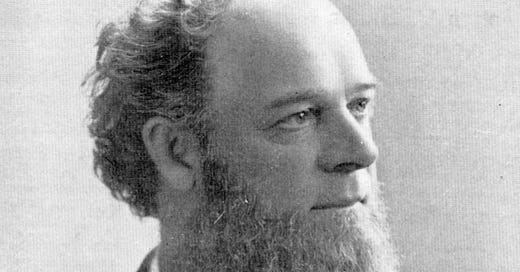


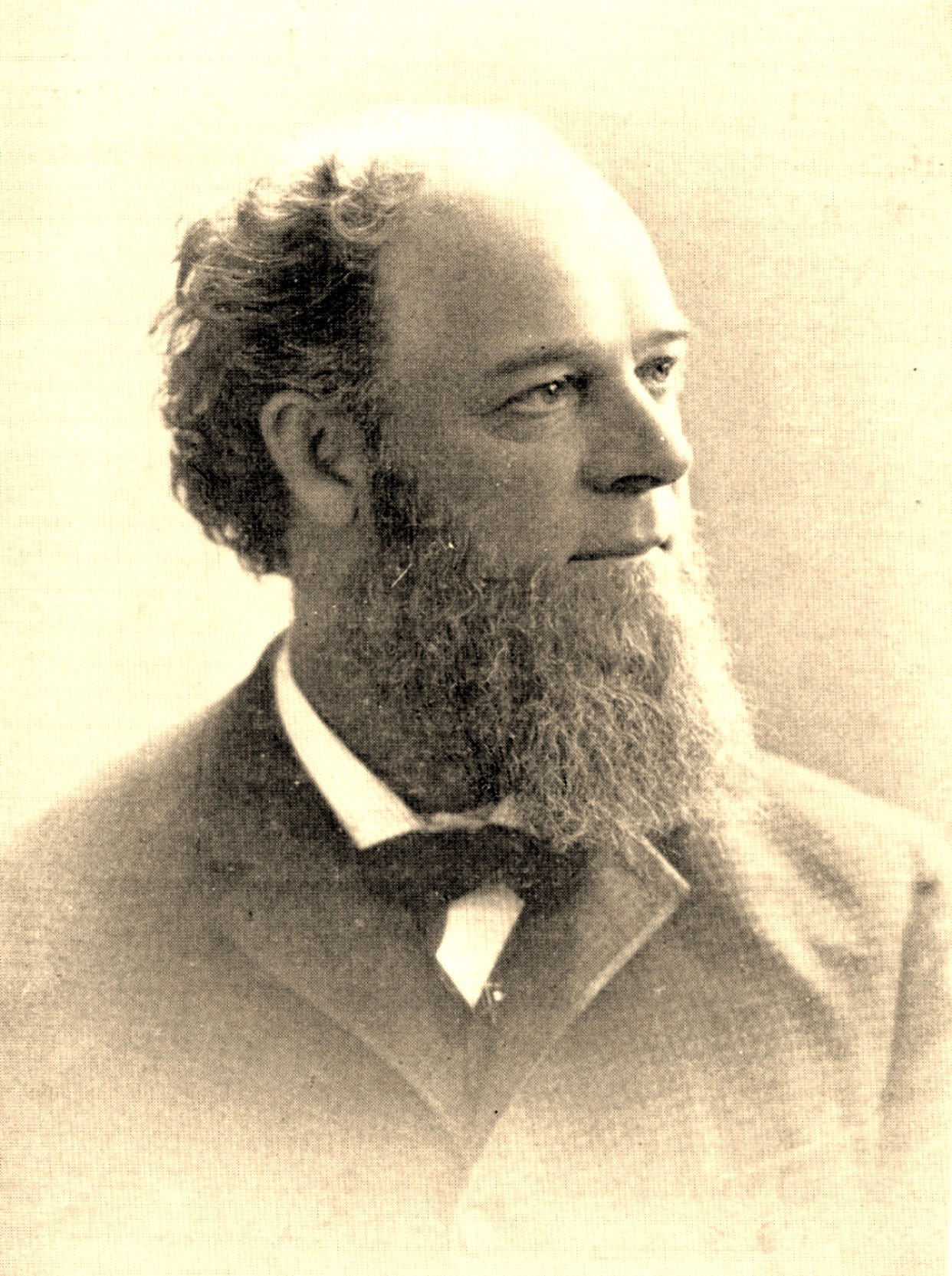
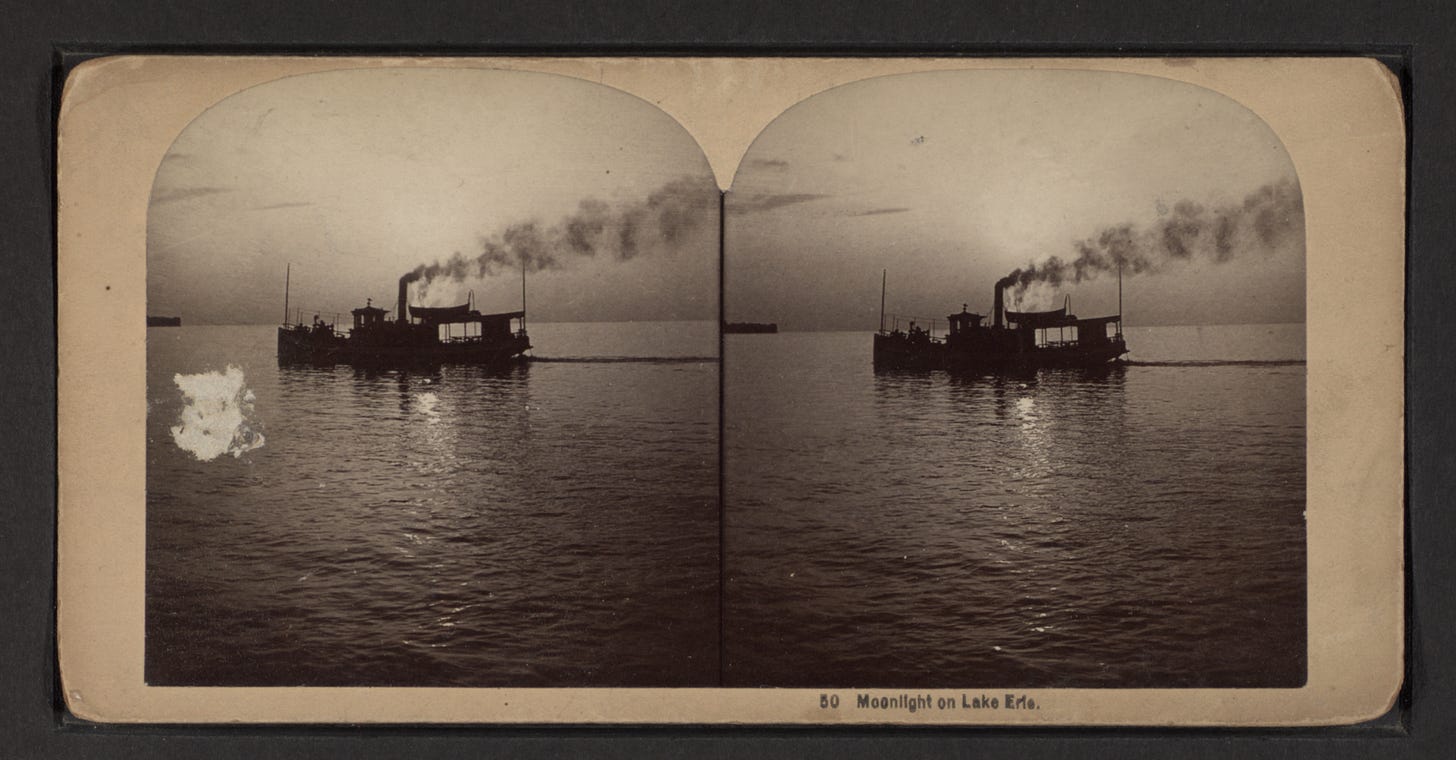
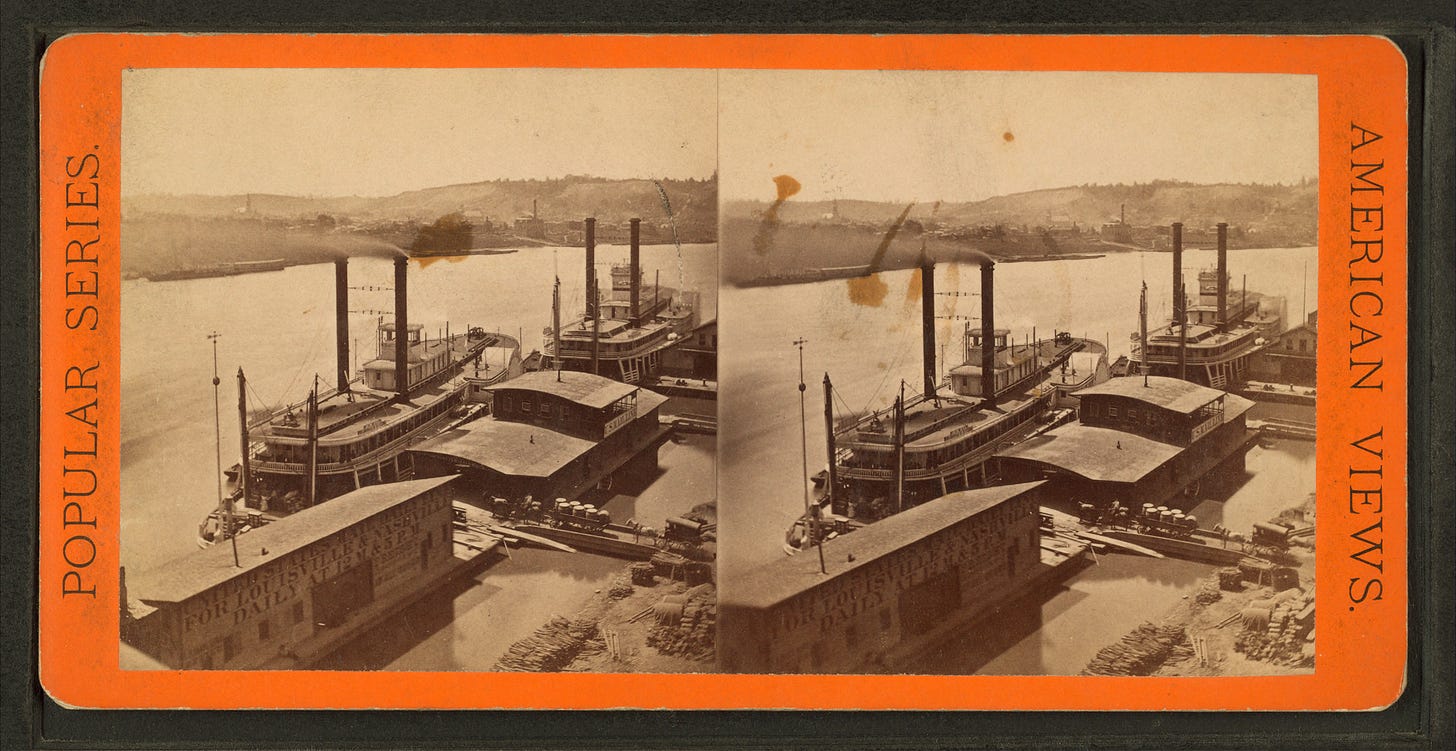

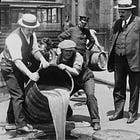
Lori, this is my favorite of all I have read of your work. A deft combination of economic history, male ego, and steamboat travel on the Inland Waterways. By 1856 the two cycle high pressure steam engines were reliable enough they "probably" wouldn't explode. 1832 was a critical date for Ohio R. transportation and you slipped that in quite nicely.
Nine years old when he ran away to join a ship’s crew!